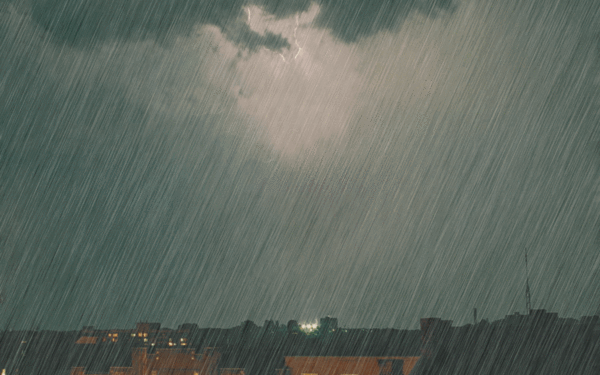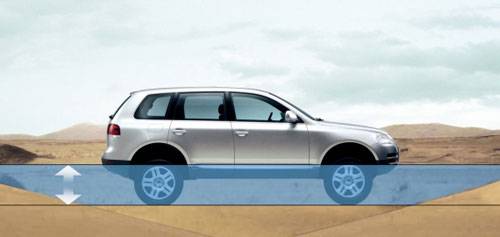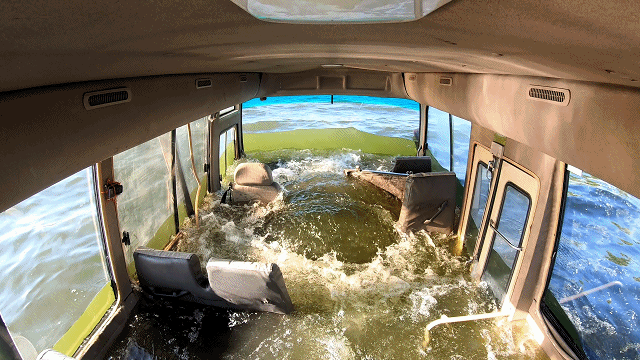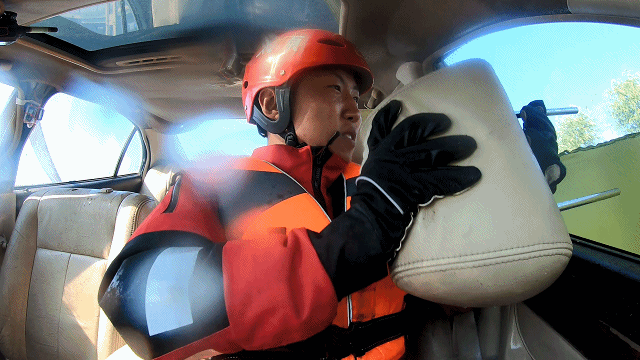From today, Hebei has officially entered!
Author:Hebei Daily Time:2022.07.12
Starting today (July 10), Hebei Province has entered a one -month main flood season, and the probability of heavy rain floods has increased significantly.

At present, the water levels of 19 large reservoirs in the province have dropped below the flood limit water level
The reporter learned from the Hebei Provincial Department of Water Resources that as of 8 am this morning, the total water storage volume of large and medium -sized reservoirs in the province was 2.935 billion cubic meters, which was 409 million cubic meters of water storage on June 1, which was 6.39 more than the same period last year. One hundred million cubic meters. Among them, 19 large reservoirs were storage of 2.531 billion cubic meters, which was 338 million cubic meters less water from June 1, and 617 million cubic meters of water storage was more than 617 million cubic meters in the same period last year.
In order to maximize the flood prevention reservoir, since the beginning of this year, our province combines various needs such as drought resistance in spring, riverside ecological hydration, and urban and rural water supply. It has plans to increase the total water supply of downstream reservoirs and continuously reduce the water level of large and medium -sized reservoirs. So far, the water levels of large reservoirs with flood control missions in the province have fallen to the flood limit water level, and some have been reduced to 1 to 3 meters below the flood limit water level, all of which meet the needs of safety floods and laws and regulations.
The main flood season is here, you must know these things
Faced with possible territorial storms, it must be guarded! You must know these things ↓↓↓
1. Do not risk wading

When the rainfall is large, the manhole cover on the street is likely to be washed away. At this time, the wading is very dangerous!
2. Be careful when walking and cycling

3. Beware of the danger of thunder and electricity

Leveling weather, don't rush to the mountain. When hiding in the rain, find a relatively dry place to avoid, and do not avoid the rain under the tree and electric pole.
4. Prevention of power leakage

On rainy days, the circuit is most prone to leakage after the circuit is soaked. The tram should be placed in a shower as possible. If the tram is drenched, it is best to wait for the tram to be completely dry.
What should I do if the vehicle encounters heavy rain?
The main flood season is here. When facing heavy rain, the majority of riders must be careful not to take risks easily.
1. Parking location should be properly selected
When the thunderstorms are too large, many owners who are driving on the road may choose to park while parking and closing the window to avoid the rain. When you stop the vehicle, do not stop in the large trees, open -air billboards and these areas that are easy to strike next to them, and stop the car in a regular large -scale parking lot as a thunderstorm (try not to stop in the underground garage).
When parking at home, the doors and windows are locked (especially the sunroof must be closed). Do not put valuables on the car. Try to choose a place where the terrain is high and not to accumulate water. If you can only stop the underground garage, you must ask the property whether the drainage system of the garage can meet the load of heavy rain.
2. What should I do if I encounter a car and wading the fire?
If the wading driving causes the vehicle to turn off, remember not to mobilize again, otherwise the engine will be damaged. In the static state, even if the water is soaked in the top, the damage to the internal parts of the engine and the cylinder is relatively small.
The vehicle is turned off, and the owner should contact the insurance company, 4S shop or professional maintenance company in time. Or first find someone to launch the car with the water accumulation area. In addition, the car is launched, and do not fire immediately, because the water remaining in the cylinder is difficult to discharge in a short time.
3. How much can I try to pass slowly?
If the vehicle has no other bypassing path, the owner is best to get out of the car to observe. If the depth of water does not exceed half of the tire, the owner can try to pass slowly. If the situation is urgent, as long as the vehicle speed does not exceed 10km/h and the water depth does not exceed 20cm, you can consider passing slowly.

There is a way to face the driving driving of the stagnant pavement: a look, two visits, and three passes.
When encountering the section of the wading section, because I do not know the depth of water, it is best to stop the car and observe the passage of other vehicles. Observe the depth of the water through the water of other vehicles. Second, find a car that is similar to his vehicle. If his car can pass, his car can pass smoothly.
If there are no other vehicles for reference at the scene, then go to the water surface by yourself, you can use umbrellas, branches on the roadside, or go into the water by yourself. Generally speaking, when the tire is 1/2, it is not recommended to take risks. If you have to test, it is best to see the car's intake mouth first, as long as the engine does not get in water, it will not turn off.
How to escape from self -rescue of vehicle wading
1. What is "vehicle wading"

"Vehicle wading" usually refers to: the car trapped by the high water level caused by the high -lying and other sections of the car, or accidentally falling into the water.
2. The time for the vehicle to wading self -rescue and escape time is critical
The first stage: when the car is just falling into the water (the best time)
When the car was just falling into the water, the probability of escape success was the most. At this time, most of the body is above the water, and the doors and windows are relatively easy to open. This is the best time to escape the car. It should be noted that after the vehicle falls into the water, the electronic lock should be turned on for the first time. The purpose is to avoid the vehicle engine that fails to lock it due to water input and electricity.
The second stage: water has gone through the door (critical time)

When the water level is over the door, there is a difference in water pressure in the inside and outside of the vehicle. At this time, the door is difficult to open. All you have to do is to smash the car window, use safety hammer, headrest and other sharp items, and knock on the side glass four corners of the side glass. After smashing, quickly escaped.
For ordinary private cars, if you are familiar with the internal structure of the vehicle, you can also try to escape from the rear or trunk of the car. Because the front engine is heavier, the tail will be the last drowned position.
The third stage: Water is completely drowned at the roof (last time) If you miss the first two opportunities, you have the last chance left.When the water was completely irrigated into the car, the moment the water pressure inside and outside the car was consistent, took a deep breath and opened the car door to escape.
If the door cannot be opened, you must use your feet fiercely, because it is difficult to break the window, and the headrest and safety hammer will not be successful. Try to use heavy objects such as fire extinguishers to smash, and the chance of breaking the window is greater.
Summary: The most important thing for vehicles to wading is -leave the vehicle as soon as possible so that there is the greatest opportunity for escape.At the beginning of the car falling water -quickly opened the door and opened the window to escape; the water had gone through the door -smashed the window glass to escape;
A little more news
- END -
The city's economic operation scheduling meeting was held

The city's economic operation scheduling meeting was held to host and spoke Chang ...
Nai Li, super nice!Ling Village, Shikeng Town, Meixian District has the most "Lee" taste in summer →

On the morning of July 9th, Shikeng Naikai Garden Experience Brand Conference and ...